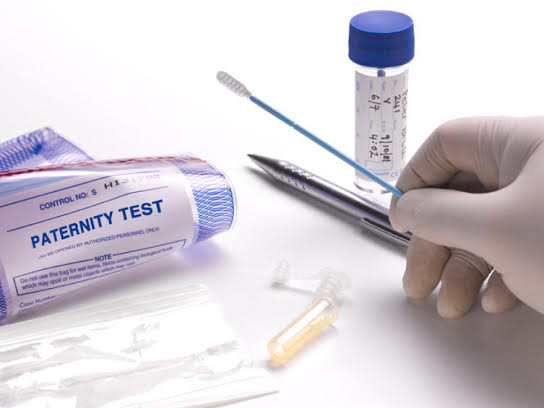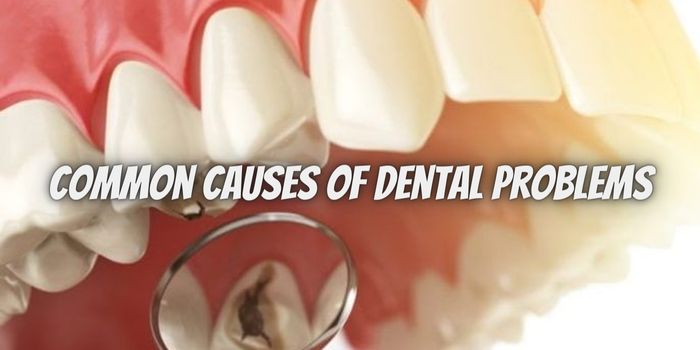Are you ready to clear your paternity doubts?
DNA paternity testing helps determine biological relatedness between a possible father and a child or children in question. It’s a fairly simple process that gives you closure and certainty as you begin your journey into fatherhood. Just as common as a pregnancy test, you’re not alone in wanting to be as sure as possible. Here’s all you need to know about a paternity test kit.
What Is a Paternity Test?
A paternity test compares an alleged father’s DNA sample with that of a child, irrespective of whether they are minors or adults. To determine paternity, the genetic comparisons from the probable father must match that of the child at every marker tested. You can find out more info about paternity tests on our site.
Why Do a Paternity Test?
Paternity tests are valuable sources of evidence in courts to prove or disprove a biological father-child relationship. Other uses are: providing genetic health information and establishing veteran, inheritance, and social security benefits.
Sterile Buccal Swabs
The samples in DNA testing are collected using sterile buccal swabs. The sterile cotton tip swabs are rubbed on the inside of either cheek, thus collecting DNA material on the epithelial cells in the mouth. The swabbing process is entirely painless, so you don’t have to worry about any discomfort. The process is safe for babies and children.
The DNA found in your epithelial cheek cells is the same DNA found in any other cells anywhere on your body, and as such, buccal swabs are an effective way to get accurate paternity results.
Get an Envelope with Seal
Your DNA material should be safely delivered to you for sample collection, and after collection, the results should be delivered for analysis. Be sure to place samples in their respective envelopes, if many, before sealing the envelope with the flap.
Have Consent Form
A consent form legally allows you to give your sample for DNA testing. DNA should be a voluntary process, and therefore, should you give your consent, you need to put pen to paper and sign your approval. If a minor is to be subjected to DNA testing, you will need to consent as a parent for them as well.
Forms of Your ID
Anyone over 18 is required to have 2 forms of a national identification document in lab options or legal paternity testing. The first form should be a government-issued photo ID. The other form can have any other government-issued document. If a person testing is under the age of 18, they will need 1 form of ID that does not have to be a photo ID. This could be a social security card, birth certificate, or an insurance card.
DNA Testing Without the Father
Paternity testing is the most common type of DNA testing. The process involves testing the child’s DNA against the potential father’s DNA. This is not always the case, though, as the potential father may be deceased or unwilling to provide a sample. In such cases then, a special relationship DNA test can be requested.
Now You’re Ready to Get Your Paternity Test Kit
This may all be new to you, but when seeking the answers to the question of whether you’re someone’s parent, it’s crucial to be as accurate as possible. With so many paternity tests in the market, be sure to go with a trusted company so you can get the answers you’re looking for.




